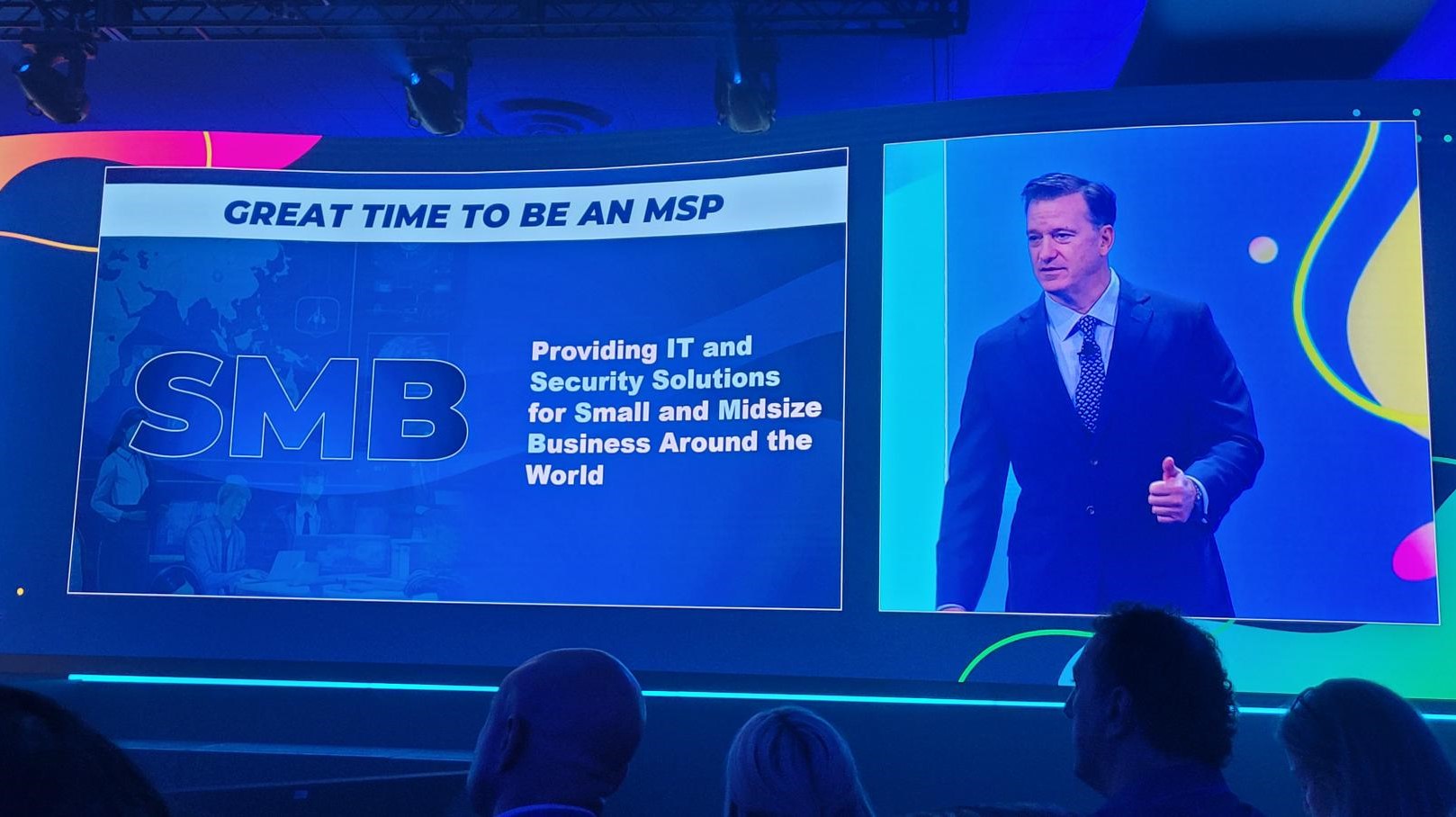Spiceworks, the marketplace that connects the IT industry, has announced the†2019 State of IT Careers†report examining the IT career outlook and business hiring trends across†North America†and†Europe. The report shows 29 percent of organizations plan to hire more IT staff in 2019, and cybersecurity skills are the most in demand. The findings indicate large enterprises are more likely to increase their IT staff than smaller organizations, but they’re often seeking specialty IT skills, such as expertise in AI technologies and cloud architectures.††
Across all company sizes, the top five skills organizations are seeking include expertise in cybersecurity, infrastructure hardware, end-user hardware, networking solutions, and software deployment. When comparing the data by company size, large enterprises with more than 5,000 employees are more likely to seek AI expertise than their smaller counterparts. In fact, it’s the number two skill they’re seeking after security expertise.
Conversely, midsize companies with 500 to 999 employees are more likely to seek candidates with DevOps skills, and smaller companies are more likely to prioritize hiring IT professionals with end-user hardware and infrastructure expertise. This finding comes as small businesses plan to significantly†boost hardware budgets†in 2019.
“Overall, the job outlook looks promising for IT professionals in 2019,” said†Peter Tsai, senior technology analyst at Spiceworks. “As a result, many tech professionals are polishing up their resumes in hopes of landing a position that offers a more competitive salary or an opportunity to advance their skills. At the same time, many organizations — particularly large enterprises — are eager to find employees with specialized expertise in cybersecurity, AI, and DevOps, so workers with those skillsets will be in high demand.”
One in four IT professionals plans to find a new employer in 2019
In 2019, 26 percent of IT professionals plan to find a new employer, 8 percent plan to leave the IT field for a new career, 6 percent plan to move into IT consulting, and 5 percent plan to retire. However, job plans vary significantly by age. For example, 33 percent of millennial IT professionals plan to find a new employer in 2019, compared to 26 percent of Gen X and 13 percent of baby boomers. Millennials are also more likely to expect a raise and promotion from their current employers next year.†
When comparing the data by gender, women are more likely to expect a promotion next year: 25 percent of female IT professionals expect a promotion in 2019 compared to 14 percent of male IT professionals. However, men are slightly more likely to anticipate a raise: 37 percent of men expect a raise next year compared to 33 percent of women.
IT professionals are seeking a better salary and an opportunity to build new skills
Among the IT professionals seeking a new employer in 2019, the results show most (62 percent) are looking for a better salary. Currently, the median salary for IT professionals in†North America†is†$70,000, and the median salary for IT professionals in†Europe†is €55,000. According to a†Spiceworks poll, 33 percent of IT professionals haven’t received a raise from their current employer in the last 12 months despite IT budget increases in many organizations.†
The results also show 52 percent of IT professionals seeking new employment are looking for more opportunities to advance their IT skills, and 36 percent are looking for a better work/life balance. When comparing generations, millennials are more likely to seek a new employer to get more job training, work at a company with a bigger IT budget, and find a better job title.
Compared to women, the results show men are significantly more likely to pursue another job to earn a better salary: 65 percent of male IT professionals are seeking a better salary compared to 38 percent of women.
Keeping IT infrastructure up to date is the biggest challenge organizations expect to face
When it comes to the biggest IT challenges companies expect to face next year, keeping IT infrastructure up to date and replacing outdated software/operating systems top the list. This makes sense considering most organizations plan to†boost IT budgets next year†in an effort to refresh aging infrastructure.
By company size, large enterprises are more likely to face obstacles implementing the latest technology innovations (e.g., AI, IoT, edge computing), likely because they’re adopting new technologies at much faster rates, according to the†2019 State of Future Workplace Tech†report. Midsize businesses are more likely to face challenges convincing business leaders to prioritize important IT projects, and smaller businesses are more likely to face obstacles adhering to the latest security best practices.














